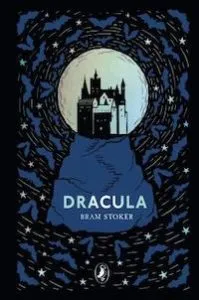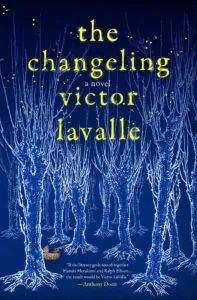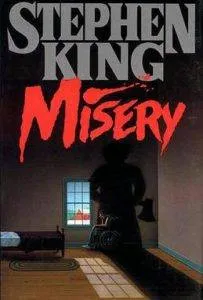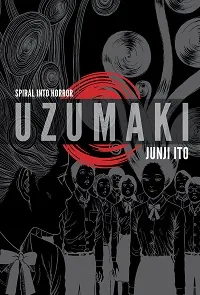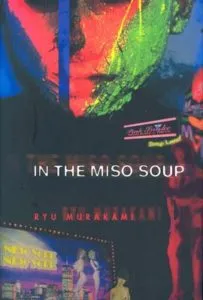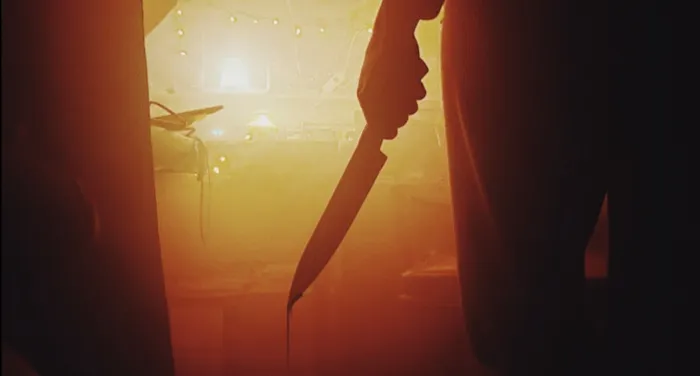
Your Guide to the Horror Sub-Genres
This content contains affiliate links. When you buy through these links, we may earn an affiliate commission.
In fiction, horror is considered a significant genre which is characterized by any story that elicits an emotional response comprised of dread, repulsion or terror. It is one of the oldest genres in literature, dating back to ancient Greece and Rome. The oldest horror stories relied on stories of demons, witchcraft, evil spirits, and Satanic presence. Literary experts and writers have categorized horror fiction in a number of tentative horror sub-genres as well. Mind you, this is by no means a comprehensive list. As a genre, horror could do with more diversity since barring the Japanese’s indelible contribution to graphic and surreal horror fiction, there are not many well known works by writers of color. Without further ado, let’s explore these horror sub-genres.
We can’t begin without starting out with this cornerstone of horror fiction. The 18th century saw the rise of romanticism and with it emerged the gothic horror genre. This genre evolved into what modern literature now recognizes as horror fiction in the 19th century.
Gothic horror usually combines fiction, horror, death and at times, romance. Edgar Allen Poe is credited as producing some of the most seminal works of gothic horror. He also pioneered combining romanticism with the dark and macabre in his chilling tales. Some notable works of gothic horror are:
Frankenstein by Mary Shelley
Dracula by Bram Stoker
The Woman in Black by Susan Hill
This sub-genre includes supernatural stories, dark fantasy and ghost stories. The defining feature is that elements that do not exist within scientific realm drive the plot forward.
These stories usually comprise of ghosts, apparitions, monsters, aliens, zombies etc. Common themes include a haunting, possession, invasion or curse. Examples include:
The Exorcist by William Peter Blatty
It and Duma Key by Stephen King (or most books by him, for that matter!)
The Changeling by Victor LaValle
In these novels, there are no supernatural forces at work. The element of horror comes from “dreading the unknown” and our day to day fears. These stories are scary because they reveal how plausibly the fictional events can occur in our daily lives. Examples include:
Misery by Stephen King
Mapping the Interior by Stephen Graham Jones
The Silence of the Lambs by Thomas Harris
Horror is a constantly evolving genre and there are many horror sub-genres that I haven’t mentioned, like science fiction horror and survival horror, because their themes overlap with the categories mentioned above.
There are several horror crossover genres that are used to tag commercial horror books. I have highlighted three popular ones.
This crossover genre illustrates in vivid details graphic violations or mutations of the human body. This genre usually overlaps with zombie fiction, monster or slasher horror. Frankenstein could be categorized under this category. Other examples include:
Uzumaki by Junji Ito
The Troop by Nick Cutter
Bunny by Mona Awad
This genre is categorized by gory, disturbing depiction of violence, which stands in sharp contrast to “the meekly suggestive horror story”. An American writer, David J. Schow, is credited for coining the term “splatterpunk”. Schow’s credits include movies such as The Crow and The Texas Chainsaw Massacre: The Beginning which come under the cinematic category of torture porn. Examples of other books in this genre include:
Seeing Red by David J. Schow
The Girl Next Door by Jack Ketchum
In the Miso Soup by Ryu Murakami



